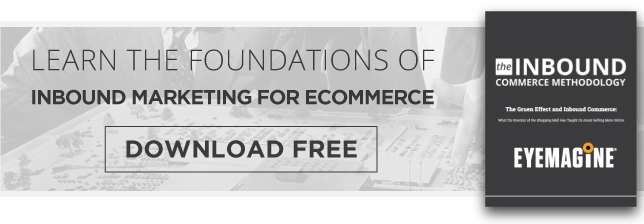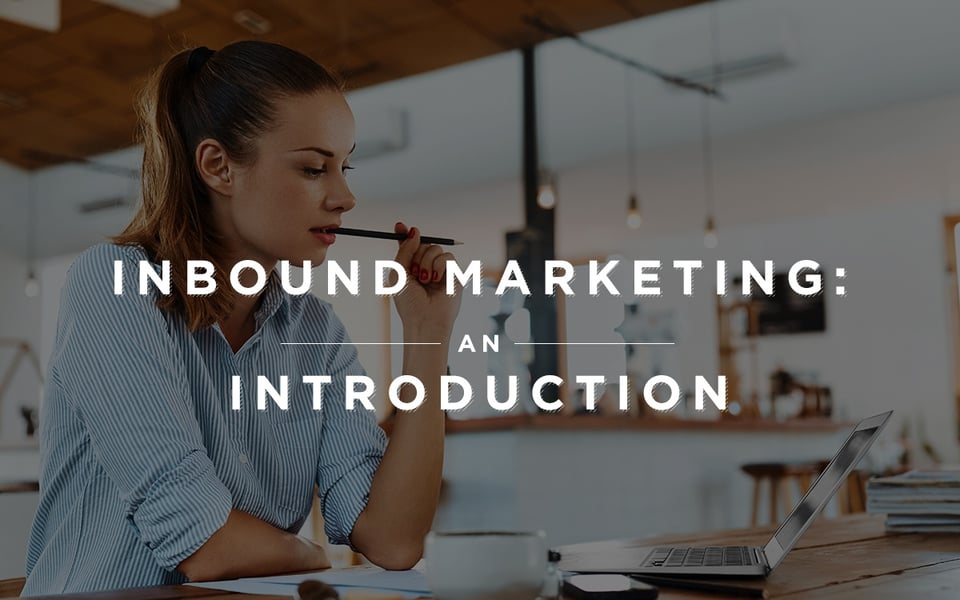 Let’s face it: the landscape of sales, marketing and consumer interaction has been radically transformed by the rise of digital connectedness. These days, strategies that used to work aren’t as effective as they used to be—and where most digital marketing relied on interruption marketing and spamming lists, such outbound techniques have limited, scattered results today.
Let’s face it: the landscape of sales, marketing and consumer interaction has been radically transformed by the rise of digital connectedness. These days, strategies that used to work aren’t as effective as they used to be—and where most digital marketing relied on interruption marketing and spamming lists, such outbound techniques have limited, scattered results today.
Still, the rise of the digital age has presented marketing with as many opportunities as it has challenges—and while the transition requires a willingness to change tactics and transform mindsets, there are a few key transitions that make a huge difference in the success of your marketing strategy in this new age.
That’s where Inbound Marketing comes in.
What is Inbound Marketing?
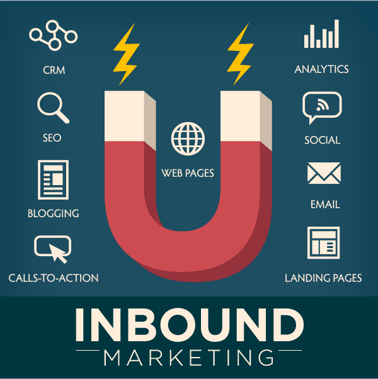 We’re glad you asked. Inbound marketing is a process driven methodology that uses the myriad of digital resources available today to target customers in a relationship-driven manner—namely, letting the customers that need and want your product find you, and then offering them content and products that they find valuable.
We’re glad you asked. Inbound marketing is a process driven methodology that uses the myriad of digital resources available today to target customers in a relationship-driven manner—namely, letting the customers that need and want your product find you, and then offering them content and products that they find valuable.
At its core, inbound is all about what is known as “relationship commerce:” building relationships with your customers in a way that isn’t pushy or annoying, but that provides real value to them in their search for a product or information.
The methodology, which is broken into straightforward steps that target your customers at different stages in their buying process, is great for revamping your marketing strategy no matter what kind of business you have.
So, how do you get started?
Getting Started with Inbound
There are a few basic steps that go into implementing an inbound strategy for your own business. Here are 5 of them.
1 – Create Buyer Personas
Inbound marketing focuses on creating quality content that draws potential customers toward your company organically, because that content aligns with their interests and resonates with them. Once your content proves valuable to the people visiting your website, a relationship between the two of you can evolve— first from strangers to customers, and then to promoters of your brand.
 Still, you can’t create any content without knowing who your potential visitors are, or what kind of content your current customers are looking for. That’s where buyer personas come in.
Still, you can’t create any content without knowing who your potential visitors are, or what kind of content your current customers are looking for. That’s where buyer personas come in.
Essentially, a buyer persona is a humanized version of the hard data realities of your consumer base—not just common bits of information like their age, income and gender, but also the stories that make up their lives, what motivates them, and how they go about making purchases.
Creating these buyer personas will aid you in the process of building a long-term content and marketing strategy—as well as provide you with a clearer picture of who your brand audience really is.
SEE ALSO: How to Create an Effective Marketing Strategy With Buyer Personas
2 – Decide on a Social Media Strategy
 Once you have taken the time to build your buyer personas and learn more about your audience, the next step is to build a social media strategy that suits your business. There is no one-size-fits-all approach to social media marketing—each business's needs are unique—but it's important to realize that planning out a strategy is key to your long-term success. As part of your buyer persona development includes learning how they use social media, figuring out which platforms will be most effective for lead generation and engagement should be easier than you think.
Once you have taken the time to build your buyer personas and learn more about your audience, the next step is to build a social media strategy that suits your business. There is no one-size-fits-all approach to social media marketing—each business's needs are unique—but it's important to realize that planning out a strategy is key to your long-term success. As part of your buyer persona development includes learning how they use social media, figuring out which platforms will be most effective for lead generation and engagement should be easier than you think.
Always remember: different social media platforms are distinct mediums that require you to communicate in unique ways. Facebook, Twitter, Instagram and Pinterest all require different posting and engagement strategies from your team, and email marketing must engage your audience in a way that works best for them.
SEE ALSO: 7 Ways to Effectively Use Social Media For Your Business
3 – Build a Keyword Strategy
Even if all your content is perfectly written (and published on the channels that mean the most to your consumers), the only way your audience will ever see that content is if it’s built around a keyword strategy.
A keyword strategy is a content strategy based on information about the keywords your audience is using to find information on the internet—the words they use to find answers to their questions, and the phrases that pull up the most valuable content through search engines.
Building a keyword strategy helps you to leverage search engine optimization to your advantage by building your credibility on search engines and sorting your content onto results pages that your customers will actually see and click on.
SEE ALSO: What’s New With Keyword Strategies and Inbound Marketing
The most important thing to note when building a keyword strategy is that you want to rank highly in search engine results—preferably on the first page. This means your keyword choices need to be frequently searched, but also not so obvious that big businesses havea already monopolized the results for them.
Hubspot offers some quality tips on building a keyword strategy that are helpful whether you are brand new to keywords or a seasoned professional—a great place to start your research on them!
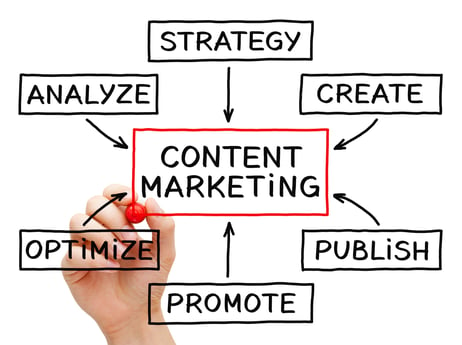
4 – Create Quality Content
Ultimately, inbound marketing revolves around your content—making sure it offers real value to your ideal customers, and is strategically crafted with your long-term goals and strategies in mind.
There are several different types of content that do well with different audiences—everything long-form content to documentary style videos—which are all even more valuable when they are split to accommodate the different stages of the buyer's journey.
Segmenting your content to meet the needs of customers at every stage of the buying process (from strangers first visiting your site to repeat customers coming back just to keep up and promote you) is just as important as making sure your content engages the interest of your consumers. This will increase everything from your website traffic to your landing page conversions—the whole point of digital marketing.
Again, doing research into what does well with your customers at different stages of their buyer’s journey—something you will start to learn one you create your buyer personas—will help you to create content that connects with your customers. Even after you have received their information from a landing page on your site, its important to segment your emails to meet the needs of your specific audiences, which requires quality, engaging content.
SEE ALSO: How to Master Content Marketing in the Digital Age
5 – Stay Consistent
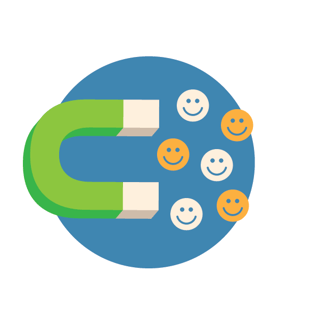 This might seem obvious, but it can be more difficult than it seems. Being consistent in your inbound marketing efforts means publishing content multiple times a week (if not a day, depending on your business), measuring the results you get from that content, and using those measurements to fine tune your strategy.
This might seem obvious, but it can be more difficult than it seems. Being consistent in your inbound marketing efforts means publishing content multiple times a week (if not a day, depending on your business), measuring the results you get from that content, and using those measurements to fine tune your strategy.
Keeping an eye on which pieces of your content get the highest levels of engagement and interactions, as well as publishing content similar to that, will bring you more qualified traffic (and potential customers) in the long run. Inbound marketing’s distinct blend of creativity and strategy is built to bring customers to you—you just have to make a concerted effort to maximize it, and engage your customers in consistent ways that resonate with them.
SEE ALSO: Newsletter Ideas that Will Keep Your Customers Engaged
Inbound Marketing: Key Takeaways
This is only a brief overview of the pieces of what makes up an inbound marketing content strategy; the nuance and finesse of learning how it fits into your business requires an expert in the system. EYEMAGINE is dedicated to helping you understand this system and how it works for you business—which will in turn help you maximize your marketing efforts while building long-lasting customer relationships.
The marriage of an inbound marketing strategy with an effective eCommerce strategy is what we strive for—and what you should strive to take full advantage of.